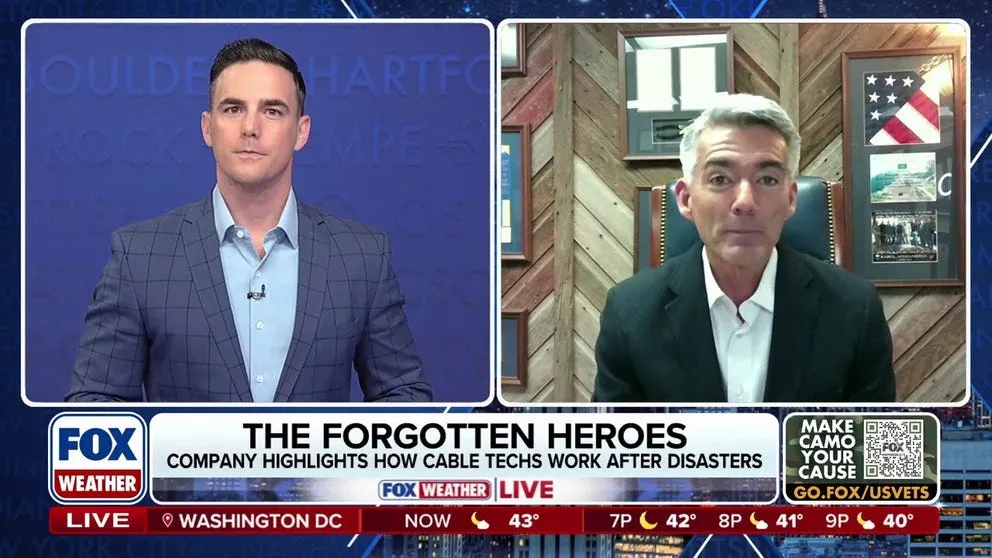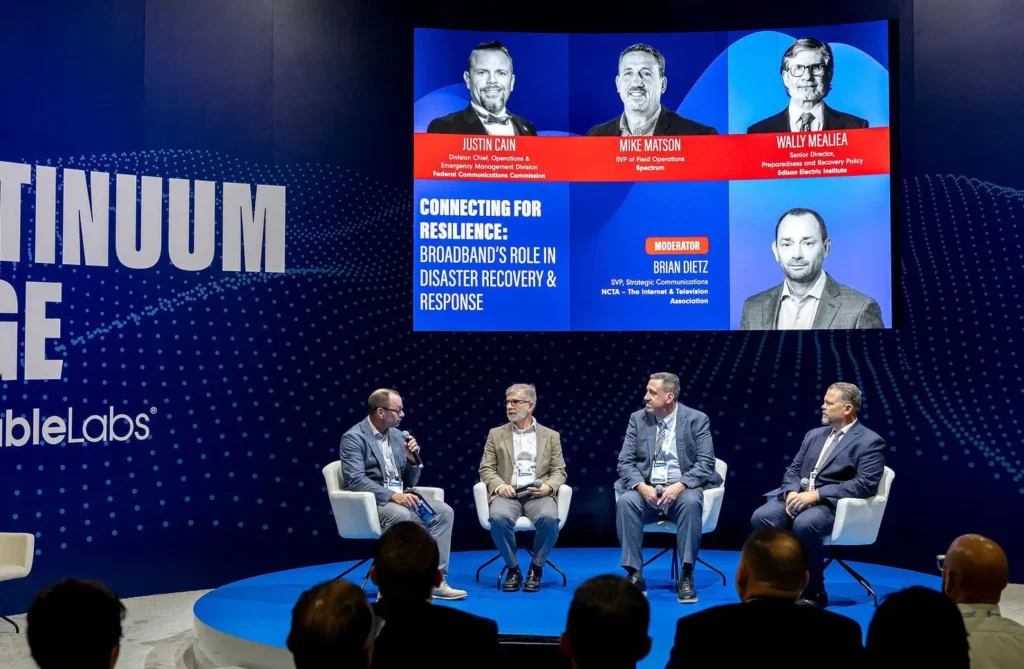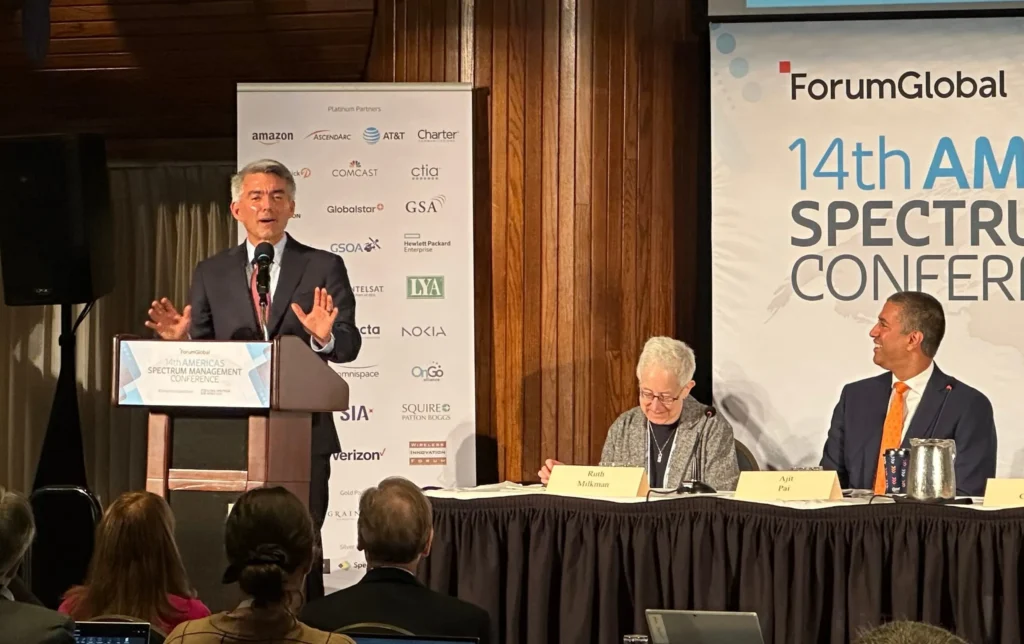This week, the FCC’s Technological Advisory Council (TAC) concluded its current charter and released a final set of recommendations from three working groups – Advanced Spectrum Sharing, 6G, and AI/ML – offering forward-looking insights on how the U.S. can strengthen its leadership in wireless innovation and spectrum management. The recommendations include detailed analysis of lessons learned from recent spectrum policy decisions, technical innovations that enable more efficient use of finite spectrum resources, and emerging frameworks to support next-generation wireless technologies like 6G.
Among the most powerful takeaways: the U.S. decision to open the full 1200 MHz in the 6 GHz band for unlicensed use stands as a clear success story – technically, economically, and geopolitically.
A Foundation for Innovation
The 6 GHz band, spanning 5.925 to 7.125 GHz, was made available for unlicensed use by the FCC in 2020, supporting low-power indoor Wi-Fi devices and, later, standard-power operations coordinated via Automated Frequency Coordination (AFC) systems. That move – based on years of engineering analysis, public-private collaboration, and forward-looking policy – has already transformed the landscape for Wi-Fi connectivity in homes, hospitals, schools, factories, and public spaces.
Today, Wi-Fi 6E and Wi-Fi 7 devices are actively leveraging this spectrum to deliver multi-gigabit speeds, low latency, and dependable performance across increasingly dense and complex environments.
As the TAC’s Advanced Spectrum Sharing Working Group noted, early modeling, coordination with incumbents, and the deployment of AFC systems created a low-friction path for advanced unlicensed devices to share the 6 GHz band without compromising incumbent protection. The result: an innovation engine that works – and does so without harmful interference to incumbent fixed services.
Building on a Proven Framework
The 6 GHz case study doesn’t just demonstrate how unlicensed spectrum can be deployed responsibly. It also provides a template for how the FCC and industry can approach future bands, especially as demand grows for flexible access across multiple frequency bands.
As the TAC’s 6G Working Group noted, spectrum policy moving forward should prioritize predictability and coexistence, giving stakeholders greater certainty while enabling innovative sharing models – especially in bands where exclusive use isn’t practical. Proven approaches like AFC-based frameworks can help maximize spectrum utility while minimizing potential interference across a range of services.
This aligns with recommendations from the Advanced Spectrum Sharing Working Group, which encouraged the FCC to build on its 6 GHz band success by applying tested sharing models in future bands where flexible access can expand broadband capacity without displacing incumbents.
Looking Ahead
We applaud the FCC’s leadership in advancing spectrum sharing and unlicensed access through thoughtful engineering and stakeholder engagement. The 6 GHz story is not just a milestone – it’s a model, and it should be preserved and replicated as the U.S. charts the path to 6G and beyond.









